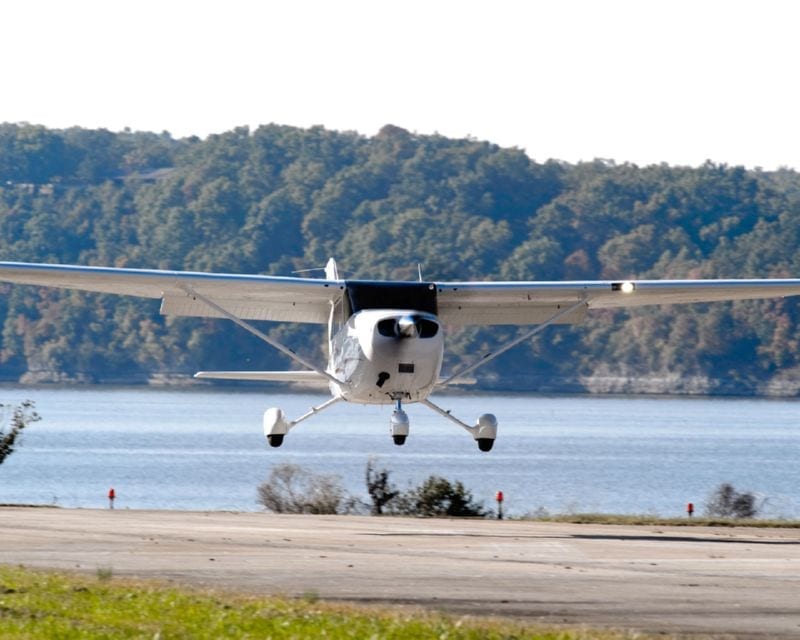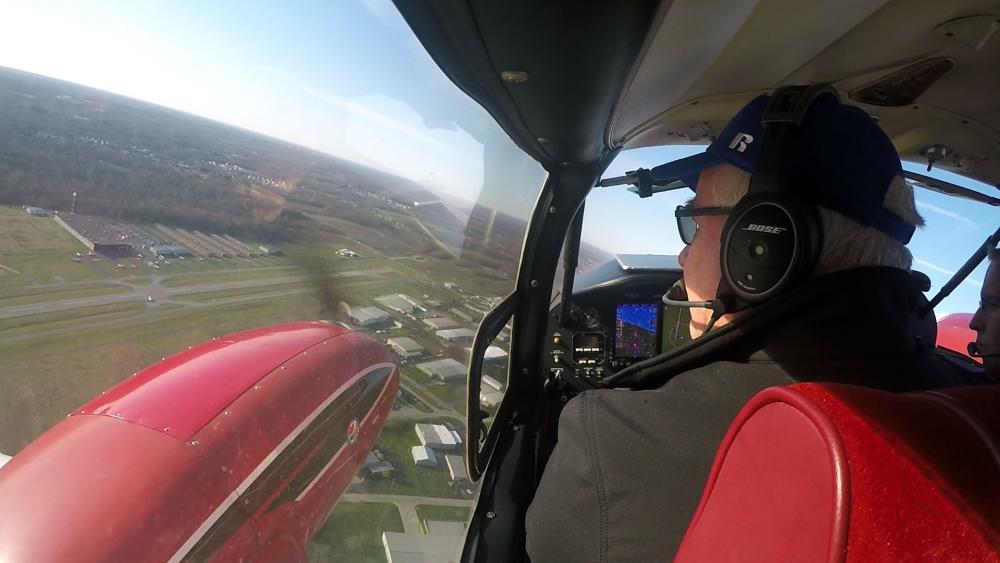 Many of today’s piston-powered aircraft are routinely flown at altitudes where the FAA recommends the use of supplemental oxygen which is above 10,000 feet during the day, and above 5,000 feet at night.
Many of today’s piston-powered aircraft are routinely flown at altitudes where the FAA recommends the use of supplemental oxygen which is above 10,000 feet during the day, and above 5,000 feet at night.
However, the regulations (14 CFR 91.211) only require that that the flight crew use supplemental oxygen after 30 minutes at cabin pressure altitudes above 12,500 feet up to and including 14,000 feet and at all times for cabin pressure altitudes above 14,000 feet. Pilots and passengers must be provided with supplemental oxygen at cabin pressure altitudes above 15,000 feet.
For pressurized aircraft, if the cabin altitude exceeds 10,000 feet MSL due to a malfunction, pilots must follow these same regulations, and at flight altitudes above FL250 (25,000 feet), pilots must have an oxygen mask readily available.
Additionally, above FL350 (35,000 feet), one pilot must wear and use oxygen unless both pilots have quick-donning oxygen masks and both are seated at the controls with seat belts fastened.
These rules ensure pilots maintain sufficient oxygen levels to prevent hypoxia, which can impair judgment and reaction times.
For more practical suggestions on aviation oxygen use, visit Sportys.com/blog.






